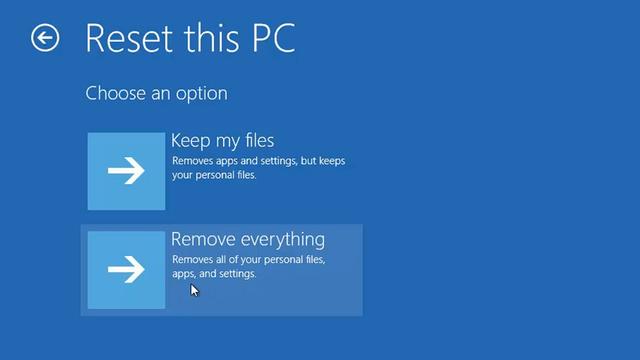How to Factory Reset a Windows 10 Laptop
There's nothing like a fresh start, for you and your gadgets both. If you've had your Windows laptop for a while, or it's been acting up, or you're just looking to try and reboot your digital habits, a reset is great option -- if also a little extreme. Here's how to do it, and a few things you might want to try first.
No matter who makes your laptop, the settings you need to completely wipe your operating system are in Windows 10 itself. Your laptop probably has more extreme options which involve booting into what's called "safe mode," but these vary from model to model and it shouldn't be possible in most cases.
How to wipe and reset Windows 10.
The options to reset your install of Windows 10 live in Start > Settings > Update & Security > Recovery.

Alternatively, you can just type "Reset" into the Start Menu's search bar, and it should return this page as your top result.
The "Recovery" page has three options, two of which we'll be looking at here.
This option will always
If you choose "Keep my files,": This will not remove local files like photos, videos, and documents, though it will still remove any apps you installed. You'll also get an option for "Restoring preinstalled apps." If you choose "yes," the apps that came with your laptop will come back. If you choose "no," they'll be deleted.
If you choose "Remove everything": Your local files will be deleted. You'll also get the option to enable a "Clean data" setting. This will scrub your hard drive in addition to deleting your data, and is the most secure (but time-intensive) option.
This option gives you more control, if you need it, and enables you to reset your computer in a more controlled and old-school way: with a recovery disk or USB.If you don't already have a recovery USB, you can make one. This can be useful if you anticipate needing to reset your PC without access to the internet, or if you plan to reset multiple PCs.
Getting to the advanced startup menu requires rebooting your PC, so copy any files you need before you go. Once you get to the menu, there are a number of options, but if you're looking to factory reset your PC, you'll want to choose Troubleshooting > Advanced Options > System Image Recovery.








